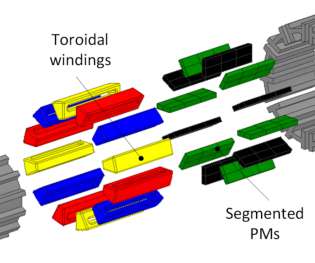QM Power and University of Kentucky demonstrate 50 kW/liter electric motor; DOE 2025 power density goal
Green Car Congress
OCTOBER 29, 2021
QM Power and the SPARK Lab at University of Kentucky shared the combined results of a large-scale, multi-objective design optimization study, and lab testing of a prototype motor designed to meet the 2025 power density goals set by the US Department of Energy (DOE). An open frame lab prototype was designed and manufactured by QM Power.












Let's personalize your content